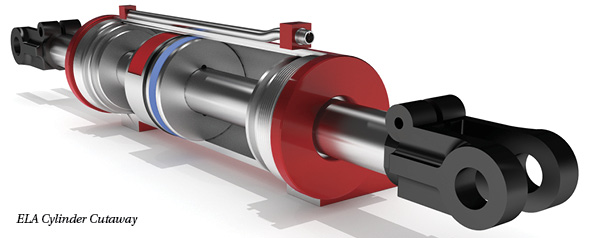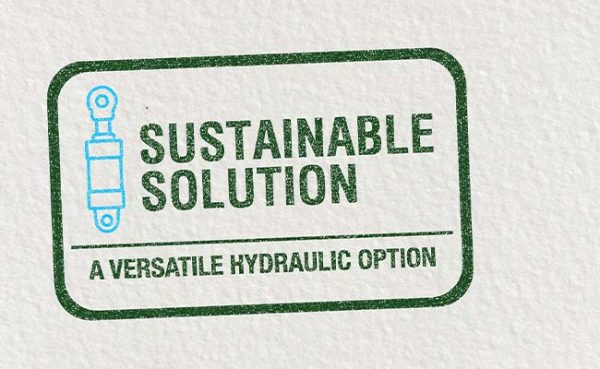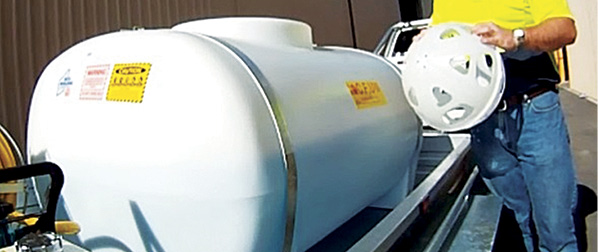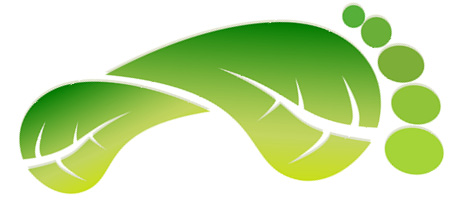Cylinder Sensing Without Rod Drilling

Rota Hall-effect linear sensors in the mobile materials-handling industry offer solutions for all cylinder types. Cranes, telehandlers, forklifts, or platform-access machines need electrical-position feedback for a diverse range of cylinder sizes. For example, boom extension cylinders on cranes and telehandlers can have stroke lengths from 4 to 8 m, while stabilizer cylinders are around 1.5 to 2.5 m. To the other extreme, steering cylinders may only be 150 to 300 mm. To date, position feedback is usually achieved by the use of linear wire pull or rotary transducers fitted near the cylinder. While these types may be a convenient solution, they often have to be placed in less-than-ideal exposed positions and so unfortunately are more prone to suffer failure by physical damage often by icy conditions in the winter or by the mechanical nature of their design.
Rota Engineering in the United Kingdom has a range of linear transducers that are used in agricultural and construction machinery because of their compact design that do not usually extend a cylinder’s mounting dimensions, which are mounted inside a cylinder’s drilled-out piston rod that carries a small ring magnet to achieve a non-contact operation. They are a robust choice of using a transducer, however they may not always be the most cost effective for long-stroke cylinders or suitable for some types of cylinders such as those with double-rods.
By use of the same Hall-effect technology, Rota has developed a way of using their transducers now mounted directly to the outside of the hydraulic cylinder’s tube. Operation is still non-contact, but this time by the use of a specially designed magnet assembly that simply fits into a milled slot cut across the piston and propagates its magnetic field through the cylinder wall. What really helps is that the cylinder supplier can continue to use standard steel tube up to 15-mm thick.
This means for outrigger cylinders, the costly drilling of the piston rod is eliminated with the advantage of maintaining the piston rod strength. Mounting the transducer is done simply by sliding the transducer into welded-on blocks at each end of the cylinder, but the big advantage is the ability to quickly make the change without having to dismantle or remove the cylinder from the machine if a transducer needs to be replaced. This is particularly useful if that cylinder is buried deep in a machine and difficult to get to, or if the transducer is critical to the working of the machine and a replacement must be made to achieve minimum downtime.
For the very long-length boom cylinders (up to 130 feet in length) on cranes and telehandlers, there is a modular design that allows the external transducer to be dovetailed together in a number of shorter, more manageable lengths.
Users of short-stroke cylinders can find the external designs useful as an ideal solution for the through-rod or steering-type cylinders found, for instance, on many platform-access machines or small telehandlers. The most common solution for these applications has been the use of angle sensors with linkage arms located nearby on the king pins, often having to be mounted in less-than-ideal areas and therefore prone to being damaged. The external design brings the transducer back to being mounted as part of the cylinder gaining better protection and being mechanically simpler.
With any of the external-type transducers, the OEM continues to use their existing supplier who can prepare the cylinders and either fit the transducers as part of their supply or alternatively allow the OEM to fit them on their assembly line.








Hello,
We are putting our domain name drillingsensors.com in the market. This keyword wealthy domain will help you rank higher in search engines thereby enhancing your business.
We are offering it at a fair price & will be using a secured platform for transactions like Paypal.com or Godaddy.com. Would you like to discuss further?
Thanks & Regards
Georgia